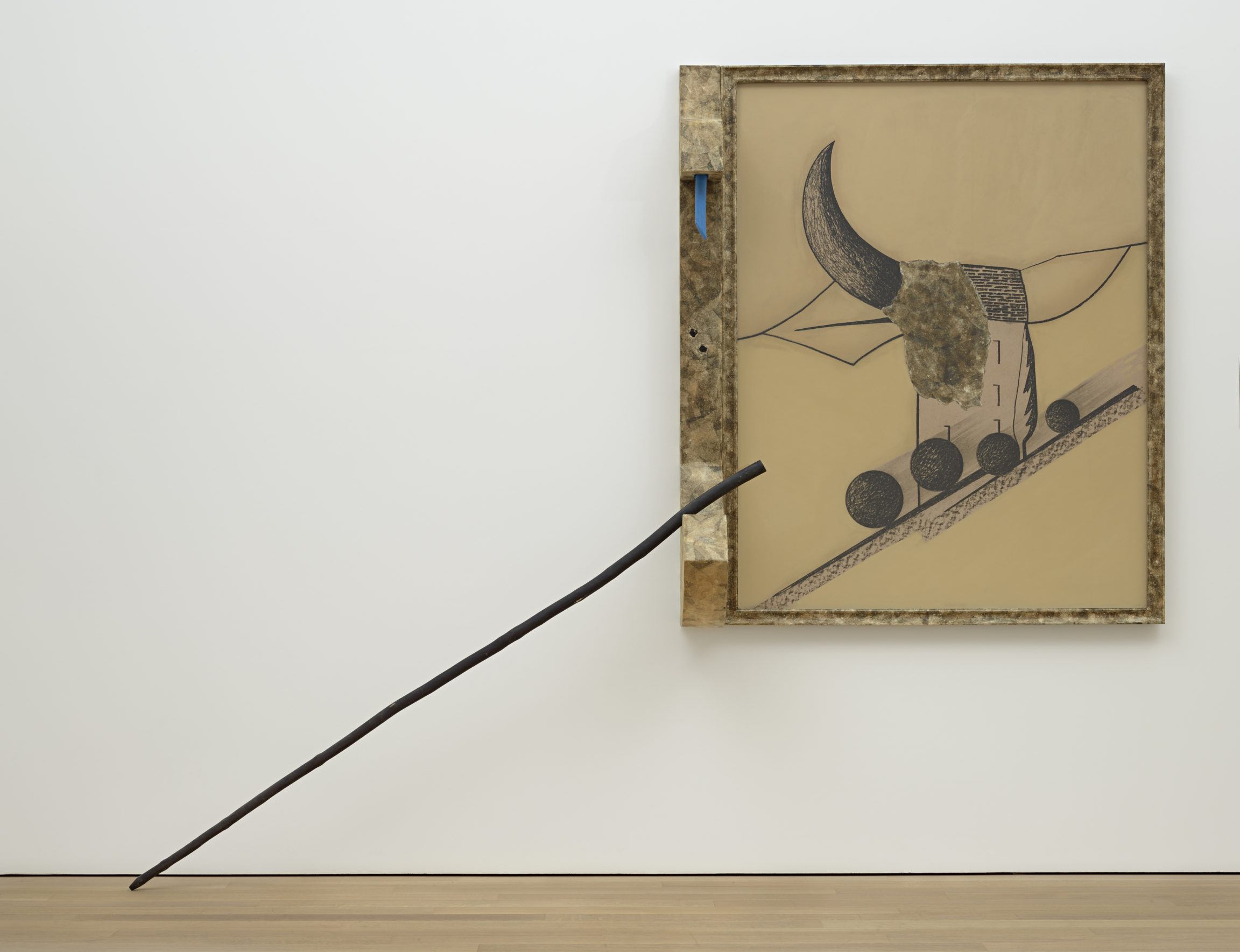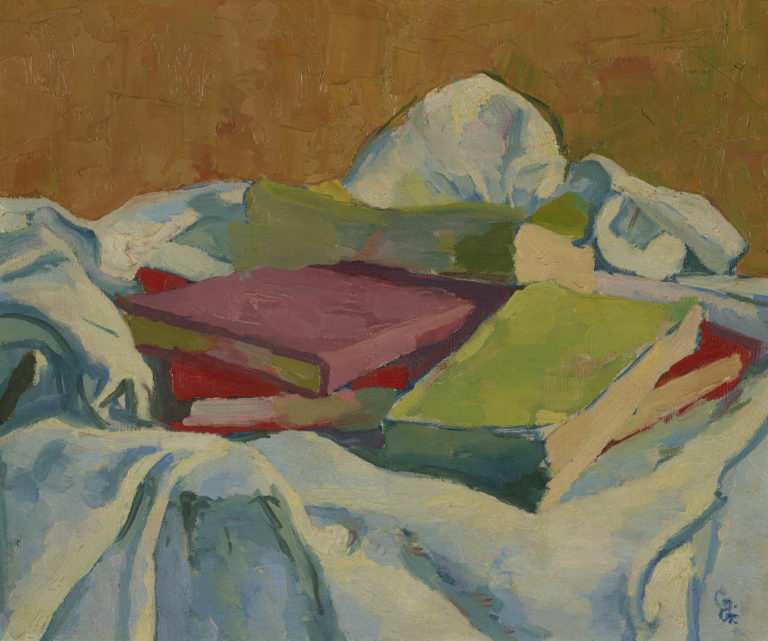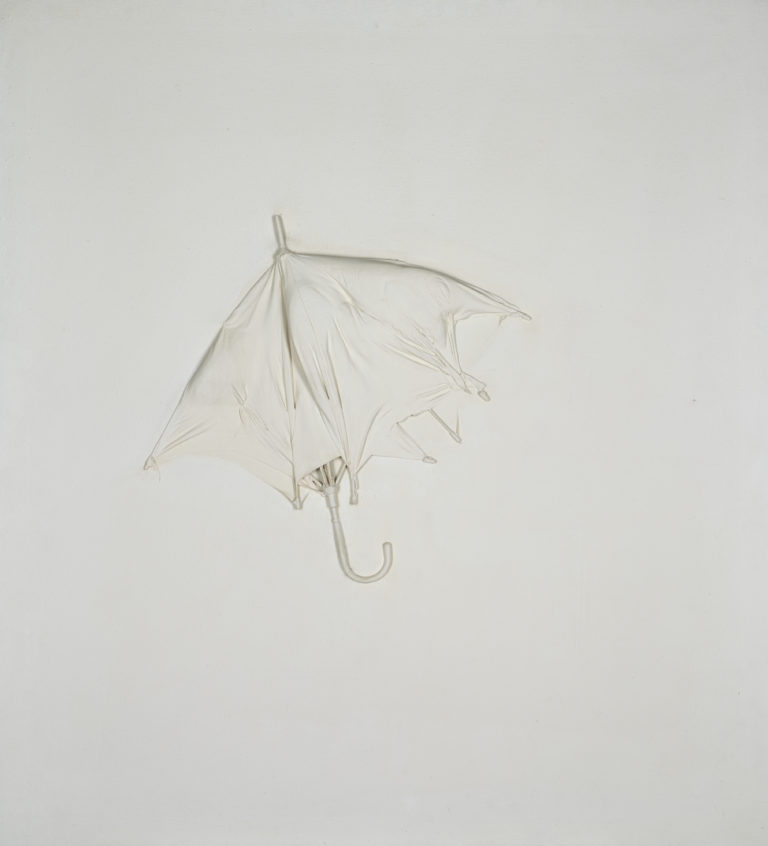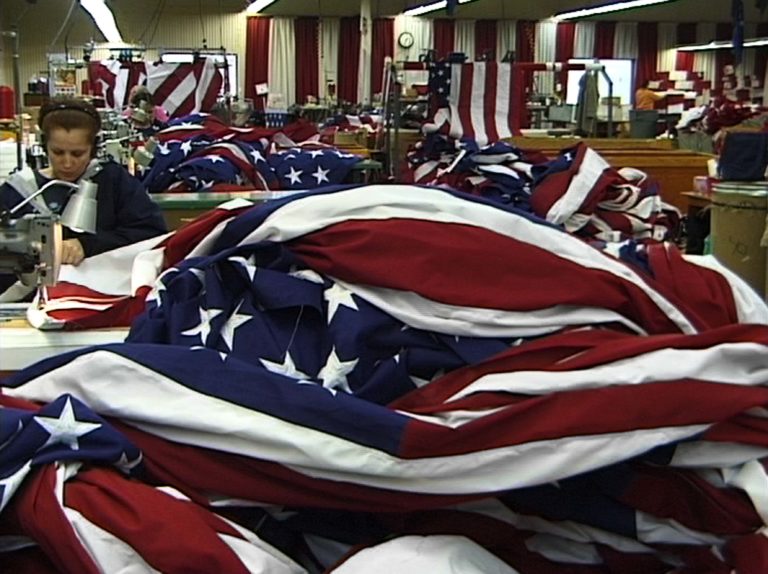Bibliography
Elio Schenini (ed.), Flavio Paolucci: dai sentieri nascosti. 1989-2013, exh. cat. Lugano, Museo Cantonale d’Arte, 2014 (Binding Sélection d’Artistes n. 53).
Flavio Paolucci, exh. cat. Locarno, Casa Lusca, 1993.
Flavio Paolucci, Flavio Paolucci, exh. cat. Paris, Centre culturel suisse, Zürich, Pro Helvetia, 1987 (Cahiers d’Artistes series, 1987).




Having studied at various schools and studios in Lugano, Locarno and Milan from 1949 to 1957, Flavio Paolucci was influenced early in his career by Parisian tachism and neo-dadaism, then briefly by pop art. His first encounter with the Moroccan desert in 1964 also had a profound impact on him. In this first period, he already showed an interest in the relationship between man and nature. This meditation is a constant thread throughout his work: he has developed a more abstract language in which leaves, branches and stones evoke the fragile equilibrium of the living world.
In around 1973–4, Paolucci began to use plant matter such as branches in his art. Innesto (1974), created in a forest near Biasca, was a turning point in his career. He placed scions in an ash tree cut down to one metre off the ground, attributing the concept of grafting central significance in his art. At this point, he was on the fringes of the arte povera movement, alongside figures such as Giuseppe Penone, who was also keenly interested in the relationship between man and the living world.
Peinture objet is typical of Paolucci’s work in the 1980s. It combines drawn or manufactured elements with natural objects that are sometimes found or altered in some rudimentary fashion, particularly by the addition of colour. The stick resting on a wooden shape protruding from the frame is placed parallel to the wall, echoing the diagonal in the main drawing. A house – another of Paolucci’s recurrent motifs – is decorated with shapes reminiscent of a horn and leaves. It is partly hidden behind a scrap of paper mimicking rock, while four spheres rush down the slope, their speed suggested by charcoal traces. Peinture objet presents a broad range of playful potential relationships between nature and culture, reality and artificiality.